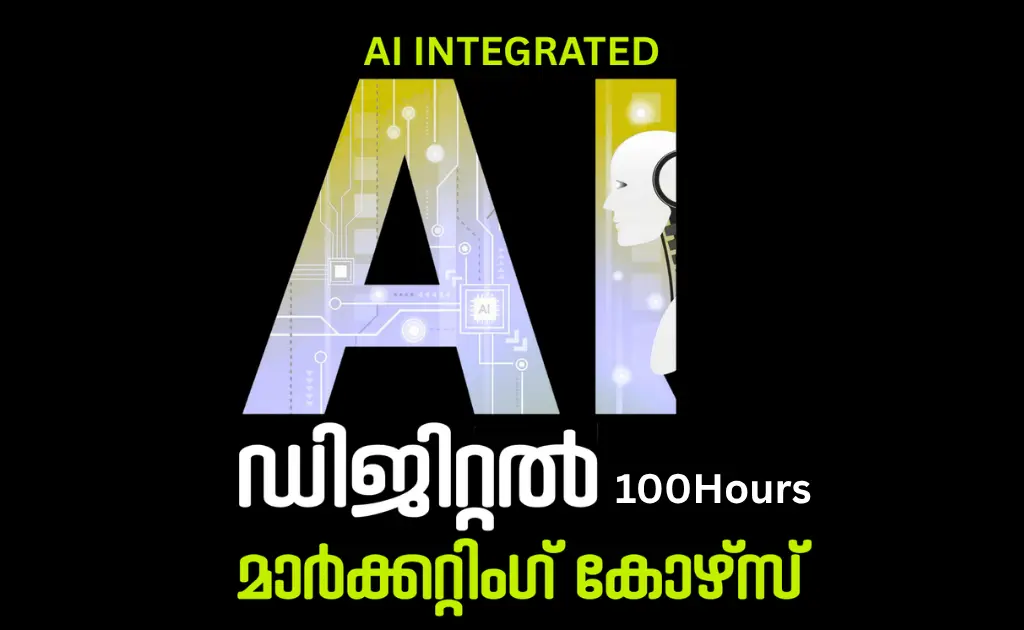To truly convert your audience into loyal customers, your marketing efforts need to align with the customer journey—and that’s where the marketing funnel comes in. The marketing funnel, divided into three key stages—Top of the Funnel (TOFU), Middle of the Funnel (MOFU), and Bottom of the Funnel (BOFU)—helps businesses strategically position each campaign to guide prospects from awareness to conversion.
In this detailed blog, we’ll explore how to divide your marketing campaigns across the funnel stages for optimal results. From Google Ads and Meta Ads to SEO, Email, Content, and WhatsApp marketing, each campaign type has a role to play. Let’s explore how to map them effectively.
1. Google Ads Campaigns and the Marketing Funnel
TOFU (Top of the Funnel)
Display Ads and YouTube Ads are best suited for TOFU, where the primary goal is to generate awareness about your brand among a cold audience. These ads are visually engaging and help introduce your business to people who may not have heard of you before. For example, a real estate business can show display banners of its new villa projects or use YouTube videos for virtual property tours targeted at users browsing home decor or architecture content.
MOFU (Middle of the Funnel)
At the MOFU stage, users are actively researching solutions. Here, search ads targeting generic or informational keywords and Discovery Ads work well. These ads reach users who are comparing options or seeking advice. For instance, a real estate company can run ads targeting search queries like “Best villas in Thrissur” to position itself as a trustworthy option during the decision-making process.
BOFU (Bottom of the Funnel)
BOFU campaigns focus on converting warm leads into customers. Transactional search ads using branded or high-intent keywords and remarketing ads that re-engage previous website visitors are ideal. For example, targeting users with ads like “Book 3BHK Villa in Thrissur – Limited Units” or retargeting those who visited a villa pricing page but didn’t convert can encourage immediate action.
2. Meta Ads Campaigns (Facebook/Instagram)
TOFU
In the awareness stage on Meta platforms, Brand Awareness, Reach, and Video Views campaigns help introduce your business to a broader audience. These campaigns are excellent for generating initial interest. For example, a digital marketing institute in Kerala might run reels showcasing student testimonials or success stories to introduce the brand to new prospects.
MOFU
In the consideration stage, users are engaging with your content but haven’t made a decision yet. Traffic, Engagement, and Lead Generation campaigns can help deepen interest and collect data. A good example would be promoting a free masterclass on digital marketing through a lead generation form, aimed at users who have previously engaged with your awareness ads.
BOFU
At the conversion stage, Conversions and Retargeting campaigns aim to drive final actions like purchases, registrations, or inquiries. These campaigns often include limited-time offers and are directed at people who interacted with your site but didn’t convert. An example would be retargeting users who added a course to their cart but left without completing registration, using an ad that offers a special discount.
3. SEO Campaigns and Funnel Mapping
TOFU
In the awareness phase of SEO, the focus should be on creating informational content such as blogs, topical clusters, and explainer pages. These help you rank for non-branded, high-volume keywords and attract visitors at the beginning of their journey. For instance, a blog post titled “What is Local SEO and Why It Matters for Small Businesses in Kerala?” can educate and build awareness.
MOFU
During the consideration stage, optimize service pages and publish how-to guides or detailed FAQ sections. These pages help users evaluate your services by offering clarity and building trust. A good example would be a page titled “SEO Services in Thrissur” that clearly outlines offerings, pricing, and benefits, helping users decide if your service meets their needs.
BOFU
At the decision stage, SEO content should be tailored to convert visitors. This includes location-specific landing pages, free trial CTAs, and offer-focused content. For example, a landing page offering a free SEO audit with a well-designed form can capture highly qualified leads who are ready to engage.
4. Email Marketing and the Funnel
TOFU
In the TOFU stage, use newsletters, industry updates, and downloadable resources to build familiarity and establish authority. These emails should deliver valuable insights without asking for much in return. For example, sending a monthly newsletter with free digital marketing resources or checklists can build trust with new subscribers.
MOFU
As subscribers become more engaged, share case studies, webinar invites, and testimonials to move them down the funnel. These emails provide social proof and deeper education. An email promoting a webinar titled “How Our Clients Tripled Their Website Traffic in 60 Days” can position your brand as a solution provider.
BOFU
At the final conversion stage, send promotional emails, abandoned cart reminders, and personalized follow-ups to close the deal. These messages should have clear calls-to-action and urgency. For instance, an email saying “Only 2 Days Left – 30% OFF on All Digital Courses” creates urgency and drives final conversions.
5. Content Marketing Aligned With the Funnel
TOFU
For the awareness stage, publish informative blog posts, explainer videos, and visually engaging infographics. These formats attract organic traffic and introduce your brand to new audiences. For example, a blog titled “Why Digital Marketing is Important for Small Businesses in 2025” can attract entrepreneurs exploring growth solutions.
MOFU
Create comparison guides, checklists, and detailed how-to articles for users considering your solutions. These help clarify their options and build trust. An example could be a blog comparing “SEO vs Google Ads – Which One Is Better for Your Business in Kerala?”, which aids in decision-making.
BOFU
To convert readers into customers, publish case studies, product demos, and customer success stories. These provide the final push for conversions. A powerful example would be a video testimonial of a student who secured a high-paying job after completing your course.
6. WhatsApp Marketing Across the Funnel
TOFU
In the awareness stage, send introductory broadcasts or offers to introduce your brand to new leads. These messages should be informative and soft in approach. For example, “Hi! We offer live digital marketing training in Thrissur. Get a free trial class now” introduces your offering in a friendly way.
MOFU
Create engagement by sharing group invites, webinars, and interactive content. The aim is to build a sense of community and keep leads engaged. For instance, sending a WhatsApp message with a link to join an exclusive training group fosters trust and two-way interaction.
BOFU
Send personalized follow-ups, promo reminders, and one-on-one responses to close leads. At this stage, your messages should focus on urgency, benefits, and next steps. For example, “Final reminder: 25% OFF on enrollment ends today!” can prompt quick decisions from warm leads.
Why Funnel-Based Campaign Structuring Matters
Structuring campaigns according to the marketing funnel allows you to deliver tailored messages at each stage of the customer journey. This improves targeting, increases ROI, and ensures that your marketing dollars are spent efficiently. Instead of treating all leads the same, you nurture them based on their readiness to buy.
- Better Budget Allocation: Knowing what to spend on awareness, engagement, and conversions avoids waste and optimizes performance.
- Improved ROI: When campaigns have specific funnel roles, tracking and optimizing them becomes easier and more effective.
- Seamless Customer Journey: Funnel-based campaigns help create a logical and emotional journey from interest to action.
- Higher Conversion Rates: Nurturing leads with relevant messaging builds trust, which leads to more conversions.
Conclusion
A successful digital marketing strategy doesn’t rely on random campaigns—it’s about positioning the right message at the right stage of the funnel. When you divide your campaigns based on TOFU, MOFU, and BOFU, you deliver value at each step of the buyer’s journey. Whether you’re using Google Ads, Meta Ads, SEO, content, or email marketing, aligning your efforts with the funnel helps boost engagement, conversions, and ROI.
Start mapping your marketing activities today—and transform prospects into loyal customers with purpose-driven strategies.

